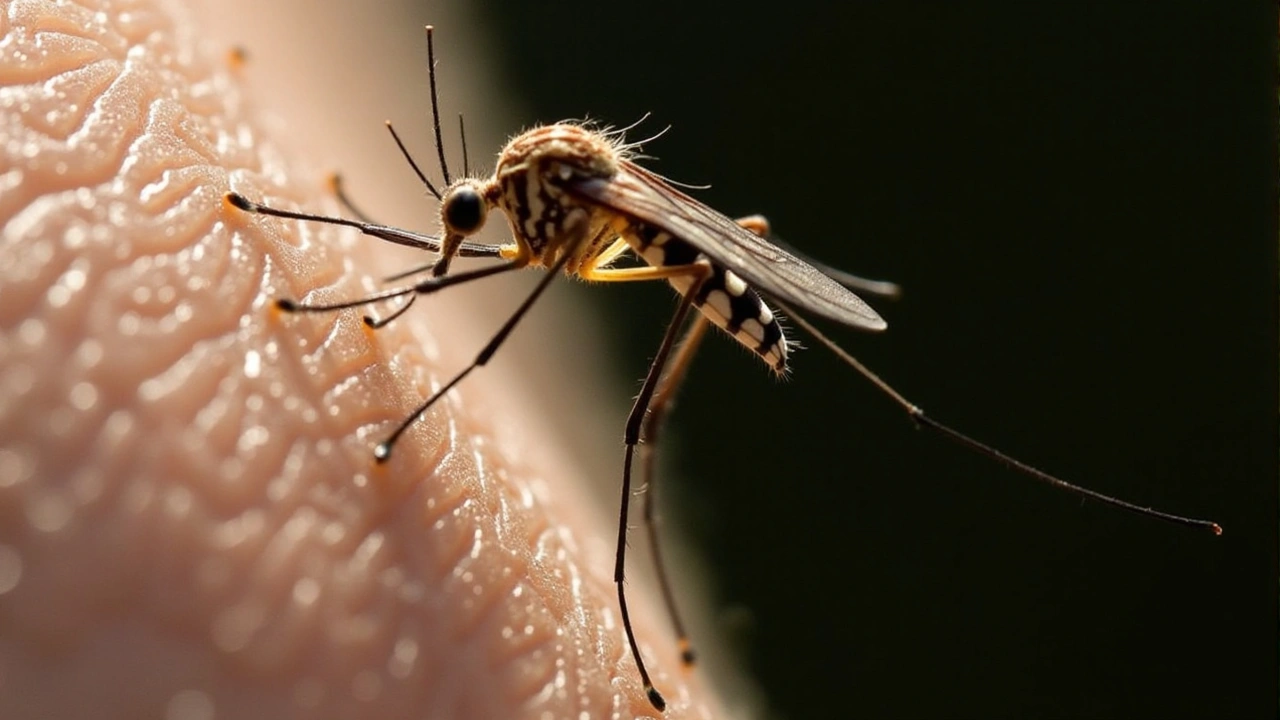Oropouche Virus Reaches Europe: An Emerging Health Concern
The Oropouche virus, commonly known as the 'sloth virus' or 'sloth fever,' has made an unexpected debut in Europe with a total of 19 reported cases between June and July. This virus, which finds its origins in the pale-throated sloths of northern South America, spreads primarily through bites from infected insects like mosquitoes and ticks. Until now, it was mostly a tropical scourge, but recent cases have been detected in Spain, Italy, and Germany, raising alarms across the continent.
The Spread of the Virus
Out of the 19 cases in Europe, Spain reported 12, Italy accounted for 5, and Germany identified 2. Fascinatingly, all these instances were linked to recent travel from Cuba and Brazil, countries where the virus is more prevalent. The United Kingdom has, so far, remained untouched by this viral invasion. Although the spread of the virus between humans is not a concern, the ability of infected travelers to introduce the virus to local insect populations is worrying.
Symptoms and Health Risks
The Oropouche virus manifests symptoms that are alarmingly similar to other mosquito-borne fevers. Those infected often experience headaches, nausea, vomiting, and muscle and joint pains. These symptoms typically appear four to eight days after being bitten by an infected insect and can last for three to six days. While most individuals recover without severe consequences, extreme cases can progress to meningitis—a dangerous inflammation of the brain and spinal cord membranes.
In rare instances, the virus can be lethal. Recent fatalities include two young women in Brazil, both suffering from pre-existing health issues. This highlights a troubling aspect of the virus: its potential to exploit already compromised health conditions, leading to a tragic outcome. Moreover, the virus poses significant threats to unborn babies, leading to possible stillbirth, miscarriage, or fetal deformities, a concern that has garnered significant attention from health professionals.
Expert Opinions and Concerns
One vocal expert is Dr. Danny Altmann, a Professor of Immunology at Imperial College London. He has publicly expressed his apprehension about the virus's ability to spread, especially among tourists traveling to and from affected regions. Dr. Altmann's concerns are echoed by the European Center for Disease Control (ECDC), which has classified the prognosis for recovery as good but acknowledges that fatal outcomes, though rare, are not impossible.
Global Outbreaks and European Cases
Beyond Europe, the Oropouche virus has been causing outbreaks in South America, Central America, and the Caribbean. Cuba, for example, has reported its first cases this year, signifying the virus's worrisome spread within the region. This broader context amplifies the concern within Europe, as the virus's ability to jump continents becomes more apparent.
Preventive Measures and Treatment
Given the absence of a specific medicine or vaccine for the Oropouche virus, preventive measures are crucial. The ECDC recommends several strategies to minimize the risk of infection. These include the use of insect repellent, wearing protective clothing, and sleeping under insecticide-treated bed nets. For those infected, treatment is limited to supportive care aimed at alleviating symptoms and providing necessary medical support during recovery.
Looking Forward
As Europe grapples with these emerging cases, containment and prevention efforts will be key in averting a full-blown health crisis. The importance of raising awareness among travelers to affected regions cannot be overstated, as informed individuals are better equipped to take necessary precautions. Researchers and health professionals continue to monitor the situation closely, working to better understand the virus and develop methods to combat its spread.
In conclusion, the emergence of the Oropouche virus in Europe serves as a stark reminder of the interconnectedness of our world and the ever-present risk of global health threats. While current cases are limited, the potential for further spread exists, necessitating vigilance and proactive measures to safeguard public health.


Ron Rementilla
Looks like the Oropouche virus is finally stepping onto European soil. Travelers coming from South America need to be extra cautious with mosquito repellent. The fact that it’s linked to recent trips to Cuba and Brazil is a red flag. Hopefully local health agencies can keep an eye on the insect vectors before it spreads further.